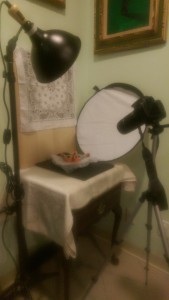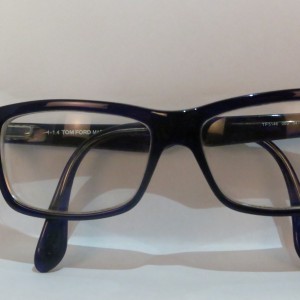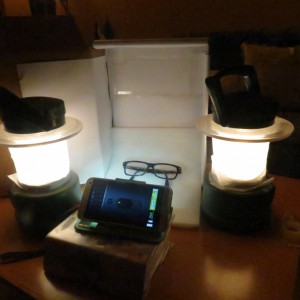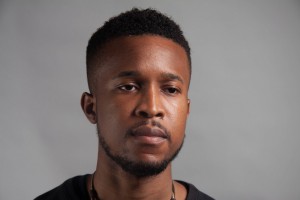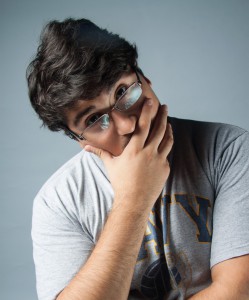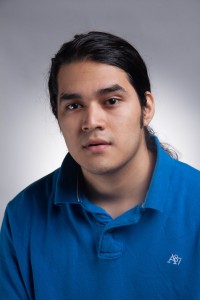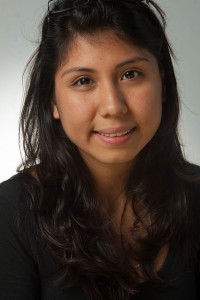After exploring multiple gallery exhibit, I realize how every artist/photographers has their own unique style in capturing their work of art. From the Aperture Foundation with Rectangular Square to Classic Images to 303 Gallery, there was a large range of photo style.
The first exhibit was from the Aperture Foundation of The New York Times Magazine Gallery. In this exhibit, the photographer is capturing people lifestyle, their emotion, etc. Very large range of emotion, from hard oil worker to street life to tragic event, etc. This gallery contains multiple photographers; However, each photographer is very similar to each other because each photographer is capturing images of people and lifestyle.There was a couple of photographer that caught my interest but all of them related to the same theme. From Paul Myoda and Julian Laverdiere to Jeff Mermelstein to Angel Franco each of them captured the moment that we all can related to, the 9/11 tragedy. The reason all of these photographer captured my interest is because each of their work contain a very powerful emotion. For instant, Jeff Mermelstien was able to capture the emotion of what it was like to be a fireman on that day. Their expression is what draw my attention because by looking at their expression, we can actually feel their sadness for them.
The second exhibit was by Ansel Adams in the Robert Mann Gallery. In this exhibit, the photography mainly focuses on black and white images that relates to landscape. Majority of the images are very low key lighting because each photo has a great amount of dramatic feeling for it. In capturing landscape photography, the photographer used a wide angle lens in order to capture as much as possible. Each photograph gives off a calming feeling because the photo relates to nature. On top of that there was no other people in the image, relaxing feeling.
The third exhibit was by Stephan Shore in the 303 Gallery. In this exhibit, the photographer focuses on street photography and urban landscape. It has a large range of close up and none close up style. All of his photo was taken in the Ukraine area. All of his images allow us to see the life of being in Migraine. For example, when he did a close up on a kid sleeping inside a bus. This show us what it was like to take a daily bus . Majority of the image was taken outdoor, which allows the photographer to use a direct sunlight on the subject/landscape.

